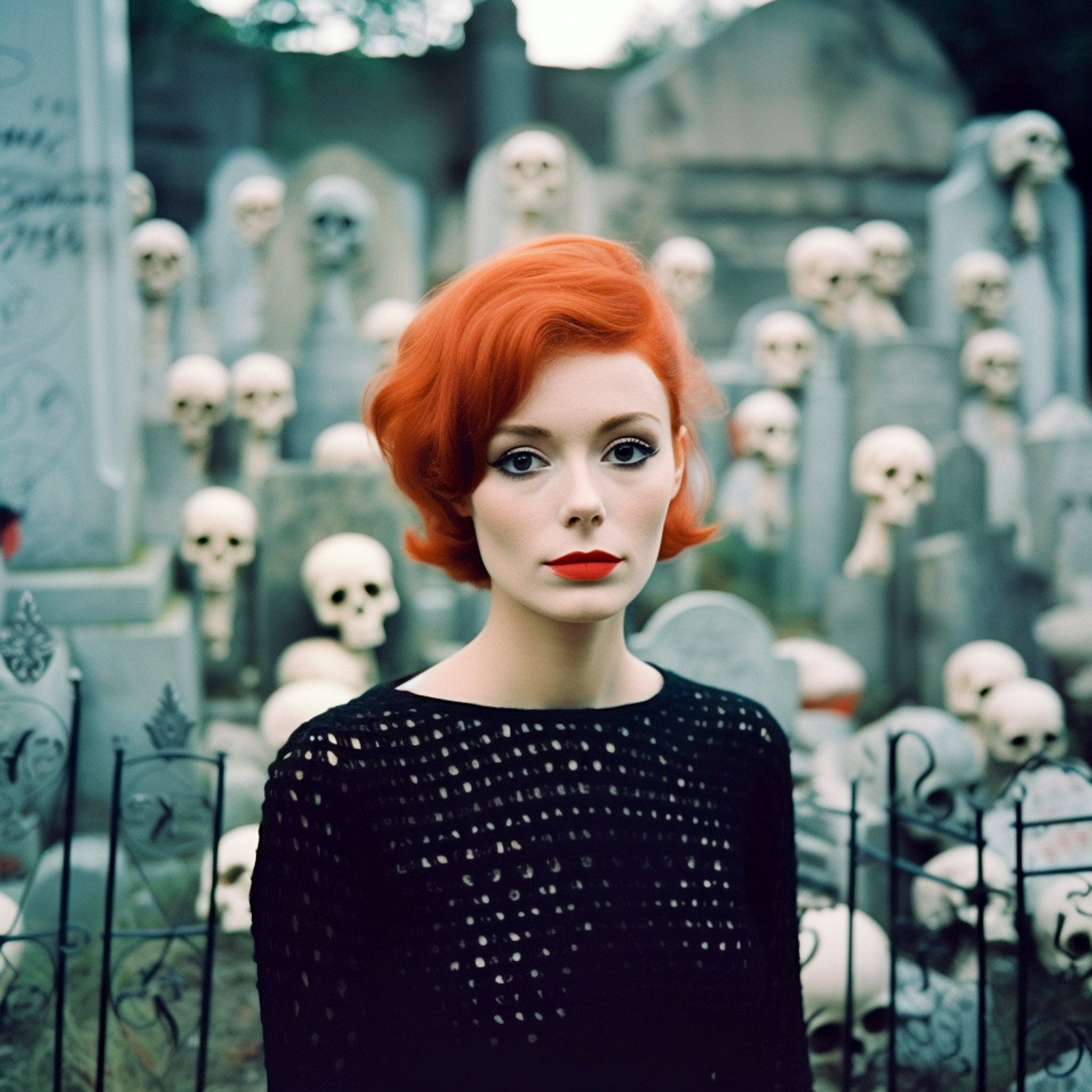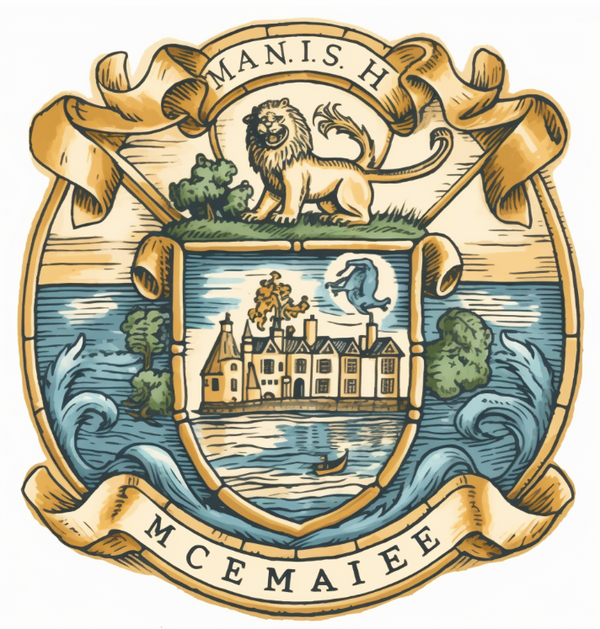
Rosario Finnsdóttir
Rosario Finnsdóttir was born in Mexico City to a Mexican mother and Icelandic father, both of whom nurtured and encouraged her interest in the cultural heritages of her mixed background. Her father was a well-regarded anthropologist who specialized in Nordic mythology and sagas, which had a strong influence on Finnsdóttir's work as she grew older. Her mother, a folklorist, taught her about the Mexican traditions and rituals surrounding death and the afterlife, as seen in the Día de los Muertos celebration. Their teachings and stories would later play a pivotal role in the way Finnsdóttir perceived the world and how she conveyed this perception through her art.
Finnsdóttir first began experimenting with art as a child, with an evident leaning towards macabre themes from an early age. During her teenage years, she began to create more complex pieces using materials she found around her home and in her local environment, demonstrating her knack for turning mundane objects into elements of her dark and evocative art.
Following her graduation from Mexico City's National School of Plastic Arts, she earned a scholarship to the esteemed Reykjavik School of Visual Arts in Iceland. Her time in Iceland helped her to deepen her understanding of her father's culture and inspired her to blend the Mexican and Icelandic influences that were so integral to her upbringing.
It was in the 2020s, during her time on Museum Island in the North Sea, that her art truly began to evolve and take on its distinctive character. She was among a community of artists who were constantly challenging and redefining the concept of art. This environment encouraged Finnsdóttir's work to evolve in unique and unexpected directions, taking her fascination with death and skeletons to new heights.
Finnsdóttir's installation pieces from this period were incredibly intricate and vast, depicting masses of carefully crafted skeletons and symbols of the undead. She utilized a unique combination of traditional craftsmanship and modern technology, creating mixed-media pieces with a haunting, ethereal beauty. Finnsdóttir's use of found objects from the island and its surrounding waters, combined with the glow of bioluminescent algae, set her work apart from her contemporaries and brought her recognition on an international level.
Her innovative use of mixed media and her unique interpretation of her dual heritage have made Finnsdóttir a leading figure in contemporary art. Her work continues to be a profound exploration of the concept of death, a reflection of her personal journey navigating her Mexican-Icelandic heritage, and an ongoing dialogue with the global audience about the universal themes of life, death, and what lies beyond.
